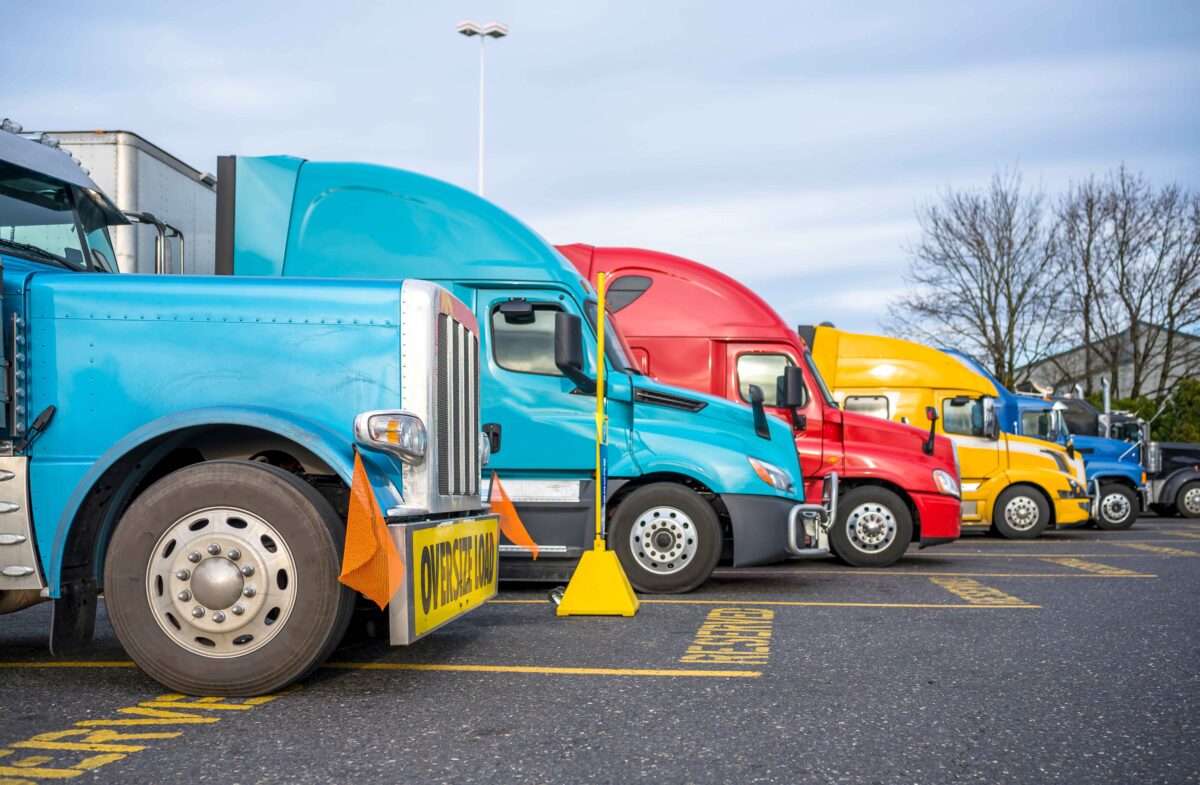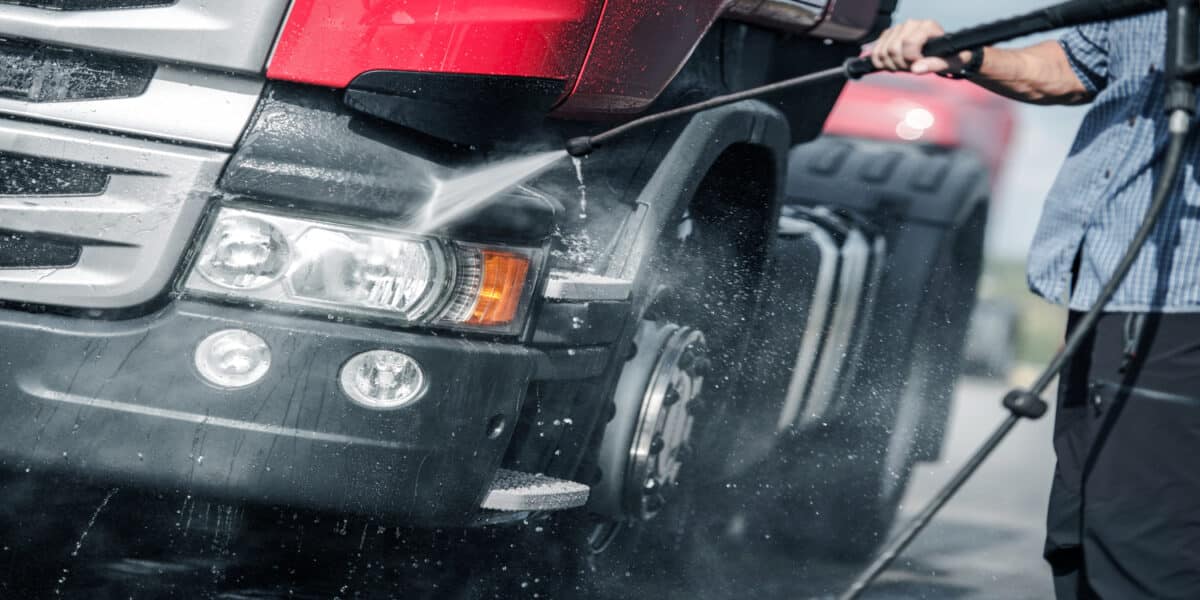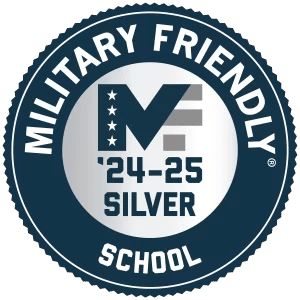Obtaining your Commercial Driver’s License (CDL) is a crucial step towards a rewarding career in the trucking industry. To help you succeed, we’ve compiled some essential tips and strategies to ensure you’re well-prepared for the CDL exam. From study techniques to test-day strategies, these insights will boost your confidence and increase your chances of passing the CDL exam on the first try.
Understand the CDL Exam Structure
The CDL exam comprises two main parts: the written knowledge test and the skills test. The written test evaluates your understanding of road rules, safety protocols, and trucking regulations, while the skills test assesses your ability to operate a commercial vehicle. Familiarize yourself with the specific requirements for your state, as these can vary.
Effective Study Tips for the Written Exam
Thoroughly Read the CDL Manual
The CDL manual is your primary study resource. Make sure to read it cover to cover, paying close attention to the sections relevant to your specific CDL class and endorsements.
Take Practice Tests
Online practice tests can help you identify areas where you need further study. They also familiarize you with the format of the actual exam, reducing anxiety on test day.
Join Study Groups
Studying with peers can enhance your understanding of complex topics. Join a study group or find a study buddy to review the material together and quiz each other.
Preparing for the CDL Skills Test
Hands-On Practice
Practice driving a commercial vehicle with a qualified instructor. This hands-on experience is invaluable for building your confidence and skill level.
Vehicle Inspection
One of the critical parts of the skills test is the vehicle inspection. Learn the pre-trip inspection routine thoroughly, as you’ll need to demonstrate this during the test.
Master Maneuvering Skills
Practice essential driving maneuvers such as backing, parallel parking, and making turns. These skills are crucial for passing the skills test and for your safety on the road.
Test Day Strategies
Get Plenty of Rest
Ensure you’re well-rested the night before the test. Being tired can affect your concentration and performance.
Arrive Early
Arriving early at the test center helps you avoid unnecessary stress and gives you time to settle in and focus.
Stay Calm and Focused
It’s normal to feel nervous, but staying calm is crucial. Take deep breaths, stay positive, and remember your training.
Common Mistakes to Avoid
Rushing Through the Exam
Take your time to read and understand each question before answering. Rushing can lead to mistakes.
Neglecting the Basics
Don’t overlook basic safety checks and procedures during the skills test. Attention to detail is key.
Ignoring Instructions
Listen carefully to the examiner’s instructions and follow them precisely. Misunderstanding directions can cost you points.
Additional Resources for Preparation
Online Study Guides and Videos
Many websites offer free study guides, instructional videos, and practice questions. The more you study, the easier the exam will feel.
Local Training Programs
Consider enrolling in a local truck driving school, like Yuma Truck Driving School, for comprehensive training and support.
Yuma Truck Driving School Prepares You For the CDL Exam
Passing your CDL exam is a significant milestone in your trucking career. By thoroughly preparing for both the written and skills tests, staying calm on test day, and avoiding common mistakes, you can increase your chances of success. Embrace these tips and strategies, and you’ll be well on your way to earning your CDL and embarking on a rewarding career in the trucking industry.




















